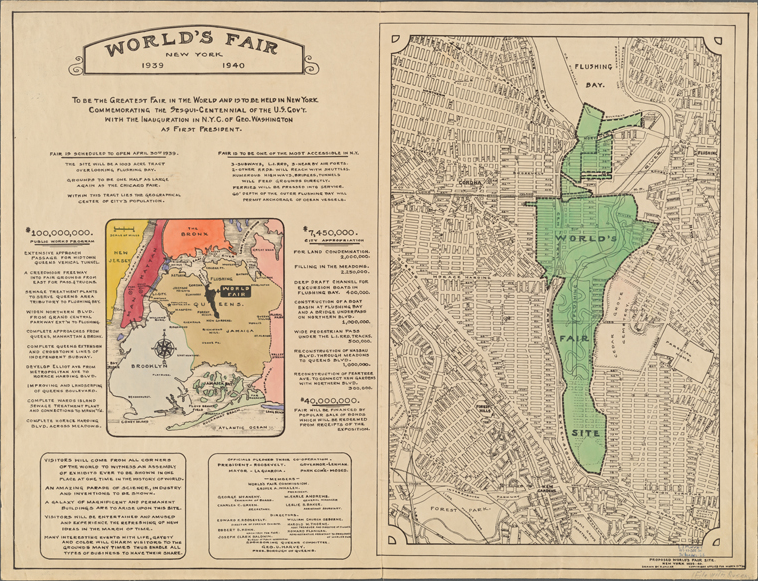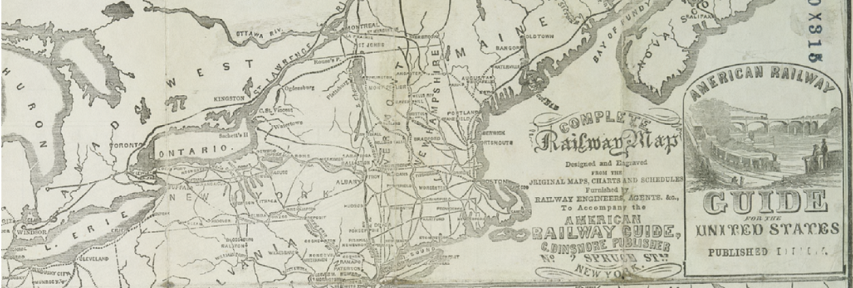The Enigma device was used by the German military in World War 2 to encrypt and decrypt communication between units and headquarters on land and at sea. Original Enigma units — the few that are on the market at any time — sell for tens of thousands of dollars. You may not be able to afford an original, but you might be interested in a modern implementation of Enigma using Arduino-based open-source hardware and software:
Enigma machines have captivated everyone from legendary code breaker Alan Turing and the dedicated cryptographers from England’s Bletchley Park to historians and collectors the world over.
But while many history buffs would surely love to get their hands on an authentic Enigma machine used during WWII, the devices aren’t exactly affordable (last year, a 1944 German Enigma machine was available for auction at Bonhams with an estimated worth of up to $82,000). Enter the Open Enigma Project, a kit for building one from scratch.
The idea came to Marc Tessier and James Sanderson from S&T Geotronics by accident.
“We were working on designing and building intelligent Arduino-based open-source geocaching devices to produce a unique interactive challenge at an upcoming Geocaching Mega Event,” Tessier told Crave. “A friend of ours suggested we use an Enigma type encrypting/decrypting machine as the ultimate stage of the challenge and pointed us to an Instructables tutorial that used a kid’s toy to provide some Enigma encoding. We looked all over to buy a real Enigma machine even if we had to assemble it ourselves and realized that there was nothing available at the moment. So we decided to build our own.”
[…]
“Our version is an electronic microprocessor-based machine that is running software which is a mathematical expression of how the historical mechanical machine behaved,” Sanderson told Crave. “Having never touched a real Enigma M4, we built our open version based on what we read online. From what we understand, the real electro-mechanical devices are much heavier and a little bigger.”
They took some design liberties — replacing the physical rotors with LED units and replacing the light bulbs with white LEDs. The replica can be modified by changing the Arduino code and can communicate to any computer via USB. Future versions may include Wi-Fi and/or Bluetooth.






